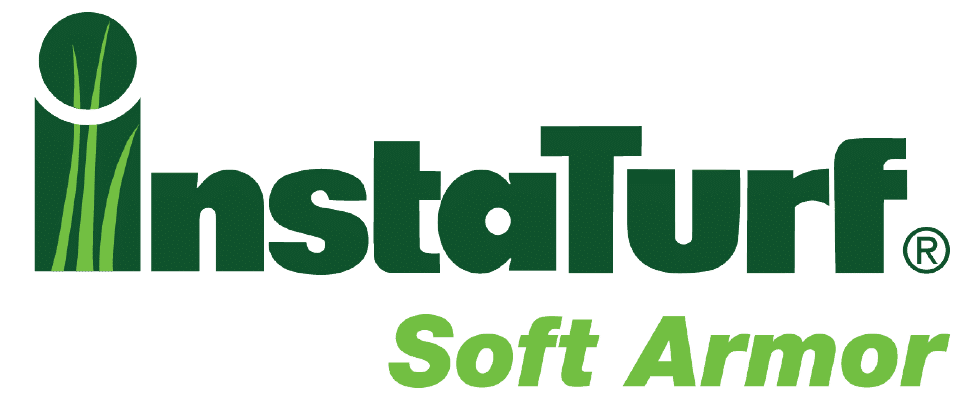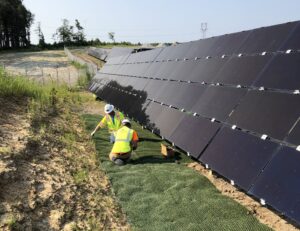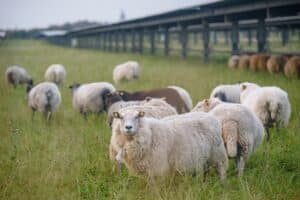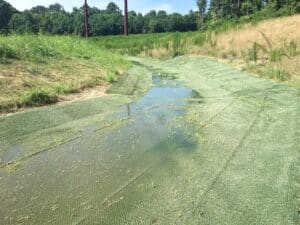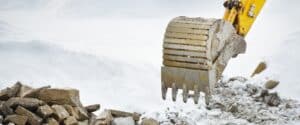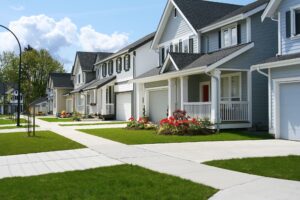Environmental degradation and greenhouse gas emissions, particularly but not exclusively, in the form of CO2 and methane, are becoming growing concerns around the world. There are many factors and industries that add to this ever-growing problem of climate change. Industries such as energy, transportation, agriculture, forestry, and land management, are some of the biggest polluters. However, construction activities also play a huge role and have an enormously negative environmental impact on water, soil, and the atmosphere.
In fact, according to the statistics, the construction sector contributes a whopping 23% towards air pollution, 50% towards climate change, 40% of drinkable water pollution, and 50% towards landfill waste. It’s estimated by the US Green Building Council (USGBC) that the construction industry also accounts for over 40% of all energy usage around the globe. These numbers only stand to show the importance of how much the industry needs to reform itself in order to mitigate the effects of climate change.
Luckily, there have been some advancements made in terms of minimizing water pollution via erosion protection and sediment control. Various materials have been developed to protect against permanent erosion and other similar phenomena. Among these hard armoring solutions, bio-technical systems in the form of vegetation are now being used instead of rock riprap. These are what’s known in the industry as Turf Reinforcement Mats (TRMs).
What Are Turf Reinforcement Mats?
Put simply, turf reinforcement mats (TRMs) are rolled erosion control products (RECP) used for long-term erosion control and soil protection. They are made out of UV resistant fibers, filaments, nets, mesh, or other similar geosynthetic elements. Depending on the exact type and necessity, these are processed into a three-dimensional matrix and made into various thicknesses. And while most TRMs are synthetic, there are also several types that contain organic materials.
Unlike hard armor, be it in the form of rock or concrete paving, TRM-reinforced vegetation has several additional benefits beyond UV stability and ground protection. On average, these tend to cost 50% less than rock riprap and 25% less than concrete. They also boast easy installation and transportation, needing less heavy machinery in the process. In addition, they have a low maintenance level, requiring only standard mowing equipment. Depending on their exact use, these TRMs can also be less hazardous when it comes to roadways and pedestrian areas and will help with stormwater management. Lastly, they are far more aesthetically pleasing than their other counterparts.
Turf reinforcement mats have been in existence for nearly two decades now, used originally to reduce construction costs. Today, these protection mats are more widely accepted as viable alternatives to rock riprap, particularly in areas where rock is scarce or overly expensive. Nevertheless, these green armoring technologies have proven themselves to also be valuable in terms of pollution mitigation. Below are several key environmental benefits of using TRMs.
Increased Water Infiltration/Filtration
Even though concrete and rock riprap have been traditionally used as erosion control solutions, they have very limited to no ability to vegetate or provide any pollutant removal capabilities. This means that all sorts of pollutants will be able to travel freely from channels and streams to large bodies of water. On the other hand, vegetated waterways will help slow the velocity, increasing sedimentation as well as the filtration of heavy metals and other pollutants. It will also help encourage groundwater infiltration.
According to the United States, Environmental Protection Agency’s (EPA) own Stormwater Technology Fact Sheet; Vegetated Swales, “a conservative estimate would say that a properly designed vegetated swale may achieve a 25 to 50 percent reduction in particulate pollutants, including sediment and sediment-attached phosphorus, metals, and bacteria.” What this indicates is that using TRM-reinforced vegetation, as opposed to other hard-lined swales, has the potential to drastically increase pollution reduction of waterways. The EPA also mentions that TRMs can also “provide a cooler substrate than traditional hard-armor techniques, reducing water temperature increases that could otherwise impact aquatic life.”
Carbon Footprint Reduction
The use of reinforcing vegetation instead of rock or concrete can also produce considerable savings in terms of carbon emissions. The simple production, transportation, and installation of rock armoring produce large amounts of CO2 emissions. Alongside concrete, rock requires heavy equipment for transportation, excavation, and placement. Depending on the area, particularly those with limited access, the use of concrete mixers, dump trucks, and excavators may not be desirable or even possible.
By comparison, TRMs can be transported with smaller vehicles, while the actual installation is typically done by hand. Therefore, there is no need for heavy equipment, meaning that these green erosion control blankets will yield significantly lower carbon emissions levels. In fact, it’s estimated that there will be a 95% reduction in CO2 production by using TRMs instead of rock or concrete.
CO2 Sequestration
In addition to lowering the overall carbon footprint by minimizing the labor- and energy-intensive work needed with hard armor, TRMs can also help sequester carbon dioxide from the air. During construction, the permanent TRM will be laid over a newly seeded soil surface. Over time, this will become embedded in the growing vegetation’s root mat and will take part in the natural growing process. Once embedded, TRMs will provide long-term vegetation reinforcement, which will also offer greater erosion resistance. Also, it will play a major role in sequestering CO2 by promoting vegetation establishment in areas that would, otherwise, be covered by either concrete or rock riprap.
Other Ecological Functions
By being used predominantly as erosion control blankets, TRMs also have an important ecological function in maintaining the environment in its natural state. Human activity can greatly affect the layout of its environment, producing a domino effect that destabilizes the entire natural water flow.
Be it for environmental reasons or otherwise, if you’re interested in using more vegetation and less hard armor materials on your projects, but don’t want the initial risk associated with conventional TRMs, then you should seriously consider the InstaTurf ShearForce products. Visit www.insta-turf.com for more information or feel free to contact us directly.
